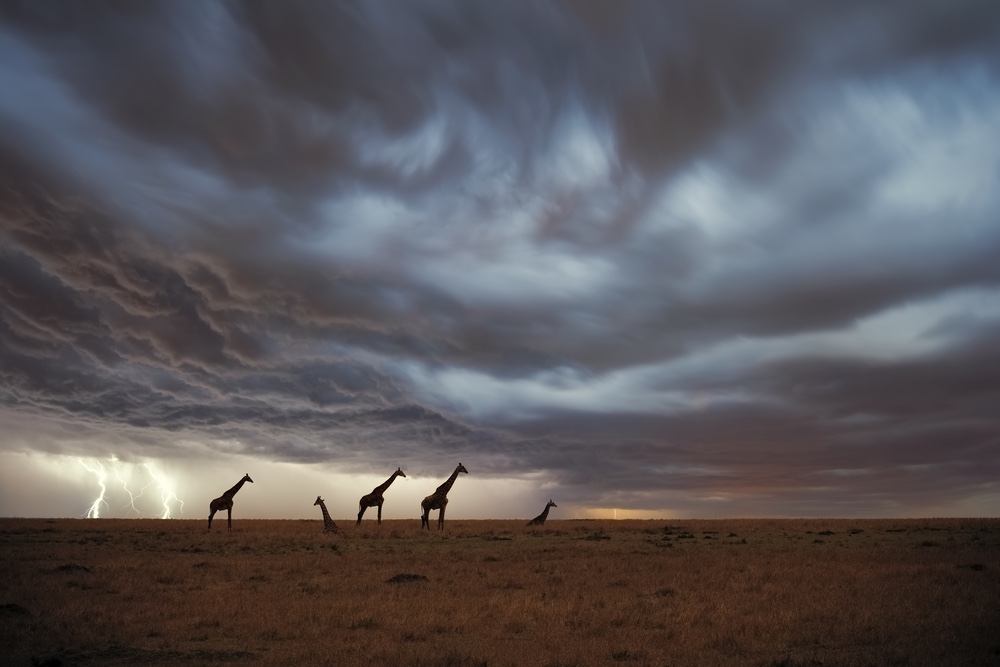When you purchase through tie on our internet site , we may clear an affiliate committee . Here ’s how it works .
In just a second or two , agiraffecan lift its head from primer coat story to the sky , some 15 feet ( 4.5 meters ) up , and never get a head rush .
" If we did that we ’d for certain shadowy , " says physiologist Graham Mitchell of the University of Wyoming .

Mitchell and his squad study in the July 1 issuing of theJournal of Experimental Biologythat a hefty , intemperately - working heart and high parentage pressure keep a Giraffa camelopardalis costless of fainting spells .
relate : Photos : Belfast Zoo ’s young Giraffa camelopardalis
How it works
A Giraffa camelopardalis ’s brain sate with roue when it is near the ground , and blood pressure there double up . When the beast raises its head word up for a bite in the Tree , the profligate drains out .
This befall to us too . you’re able to feel light-headed - headed if , after hang upside down and get red in the brass , you quickly sour right - side up . If your blood pressure drop too low-pitched , not enough blood flow to your Einstein , and you’re able to pass out .
With such farseeing necks , giraffes drop a pile of time moving their heads from down low to up high , and so they need a way to keep blood flow to the brain so they do n’t get woozy .

scientist once recollect that vessels in the Giraffa camelopardalis ’s cervix siphoned blood from the kernel to the brain . However , Mitchell ’s enquiry suggest catch the blood to the encephalon of an erect giraffe involve a powerful ticker and very high blood pressure — twice as high as ours .
26-pound heart
Giraffes have big hearts , weighing up to 26 pounds . When a giraffe rescind its headland , bloodline vessels in the head direct almost all of the blood to fall to the psyche , and not to other parts of the fountainhead such as their cheeks , tongue , or cutis .
At the same clip , the animal ’s thick skin and an unusual muscle in the jugular mineral vein — veins do n’t ordinarily have muscles — add pressure to the vein , which carries blood from the head back to the heart .
" It ’s a much more advanced anti - fainting mechanism than we have , " Mitchell said .

Originally write on Live Science .
















